Shock troops or assault troops are formations created to lead an attack.
Contents
"Shock troop" is a calque, a loose translation of the German word Stoßtrupp. Military units which contain assault troops are typically organized for mobility with the intention that they will penetrate through enemy defences and attack into the enemy's vulnerable rear areas.
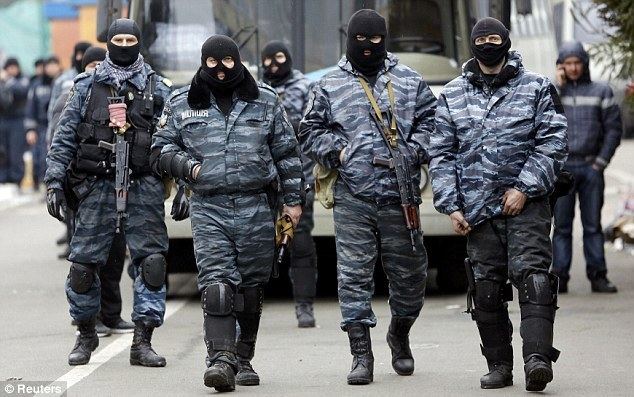
Although the term "shock troop" became popular in the 20th century, the concept is not a new one, such as the utilization by Western European armies of the forlorn hope. Presently, the term is rarely used as the strategic concepts behind it has become standard contemporary military thinking.
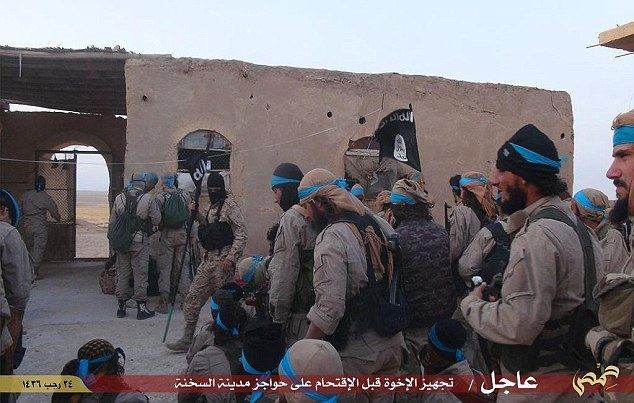
Before 1914
Several sources describes how the Vikings used berserkers as shock troops in organized warfare.
In late-medieval Europe the German Landsknecht and Swiss mercenaries used large Zweihänder swords to break into pike formations.
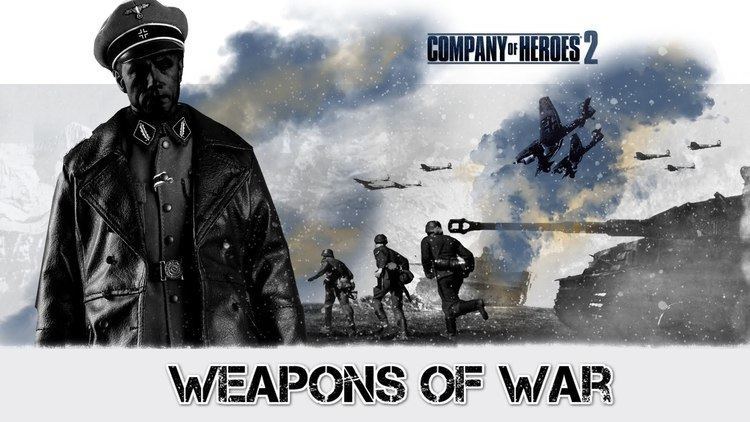
Grenadiers originated as specialized assault soldiers for siege operations. First established with a distinct role in the mid- to late-17th century, grenadier units would throw grenades and storm breaches while leading the forefront of a breakthrough. Even after abandoning the use of the original black-powder grenade, armies retained the grenadier companies and regiments as specialist assault troops.
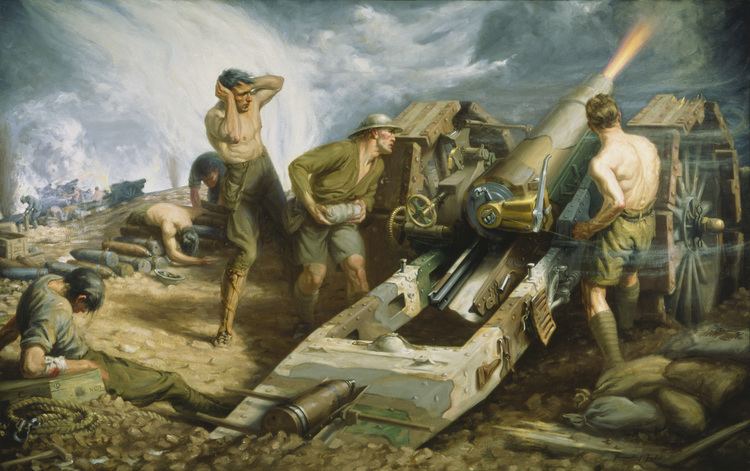
The American Civil War (1861-1865) saw units of shock troops fielded both by the Army of the Potomac and by the Confederate Army of Northern Virginia. The Iron Brigade and Irish Brigade spearheaded many of the Union's most dangerous attacks. For the CSA, the Texas Brigade and Virginia's Stonewall Brigade had similar functions. In the course of campaigning all of these élite units suffered heavy casualties, with their roles being eliminated several times over.
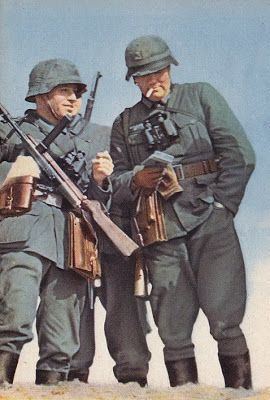
During the Paraguayan War (1864-1870), in which Paraguay fought against Brazil, Argentina and Uruguay, the Paraguayans would deploy shock troops (composed of a mixture of dismounted cavalry and fit men who could row and swim) armed with sabres, cutlasses, knives, bayonets, pistols and hand grenades. They would attack small fortified positions and board Brazilian river-steamers.
World War I
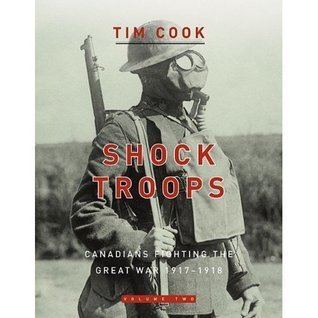
During World War I all combatants faced the deadlock of trench warfare. On the Western Front in 1915, the Germans formed a specialized unit called the Rohr Battalion to develop assault tactics. During the Brusilov Offensive of 1916, the Russian general Aleksei Brusilov developed and implemented the idea of shock troops to attack weak points along the Austrian lines to effect a breakthrough, which the main Russian Army could then exploit. The von Hutier tactics (infiltration tactics) called for special infantry assault units to be detached from the main lines and sent to infiltrate enemy lines, supported by shorter and sharper (than usual for WWI) artillery fire missions targeting both the enemy front and rear, bypassing and avoiding what enemy strong points they could, and engaging to their best advantage when and where they were forced to, leaving decisive engagement against bypassed units to following heavier infantry. The primary goal of these detached units was to infiltrate the enemy's lines and break his cohesiveness as much as possible. These formations became known as Stosstruppen, or shock troops, and the tactics which they pioneered would lay the basis of post-WWI infantry tactics, such as the development of fire teams.
Notwithstanding the postwar status of the Storm Troopers in German service, the same sort of tactical doctrine was widely espoused in British and French service in late 1917 and 1918, with variable results. The British Army standard training manual for platoon tactics, SS 143, was used from February 1917 onwards and contained much of what was standard for German shock troops. According to Ward, the Australian and Canadian divisions deployed amongst British forces in France quickly came to be regarded as the best shock troops in the Allied ranks due to their ferocity in battle, and were employed accordingly.
World War II
During World War II the Red Army of the Soviet Union deployed five Shock armies. Many of the units which spearheaded the Soviet offensives on the Eastern Front from the Battle of Stalingrad to the Battle of Berlin were Shock Armies. Shock Armies had high proportions of infantry, engineers and field artillery, but with less emphasis on operational mobility and sustainability. Soviet Shock Armies were characterized by a higher allocation of army-level artillery units to break German defense positions by weight of fire, and often had heavy tank regiments or heavy self-propelled gun regiments to add additional direct fire support. Once a breach in the enemy tactical position was made, more mobile units such as tank and mechanized corps would be inserted through the Shock Army's positions with the mission of penetrating deep into the enemy rear area. By the end of the war, though, Soviet Guards Armies typically enjoyed superior artillery support to that of the shock armies.
Shock Armies were instrumental in the execution of Deep operation (also known as Soviet Deep Battle - Russian: Глубокая операция, glubokaya operatsiya). The central composition of the deep operation was the shock army, acting either in cooperation with each other or independently as part of a strategic front operation. Several shock armies would be subordinated to a strategic front.
Well-known Shock Armies include the 2nd Shock Army, which spearheaded several offensives in the Leningrad area, and the 3rd Shock Army, which played a key role in the Battle of Berlin.
A Soviet ad hoc combat group was a mixed arms unit of about eighty men in assault groups of six to eight men, closely supported by field artillery. These were tactical units which were able to apply the tactics of house to house fighting that the Soviets had been forced to develop and refine at each Festungsstadt (fortress city) they had encountered from Stalingrad to Berlin.
The Yugoslav Partisans also established "Shock" units during World War II, commencing in February 1942. These were initially created as company and battalion sized units, and later grew into brigades.
After World War II
The demands of infantry fighting in the Second World War erased much of the romance of 'shock' troops, particularly when any well-trained infantry was capable of the same tactics, particularly in a formal assault on a well-defended objective. The Soviets retained the term 'Shock' (although the term can also be translated as 'Strike') as a designation for armies involved in assaulting the enemy's operational depth as part of Soviet deep battle.
